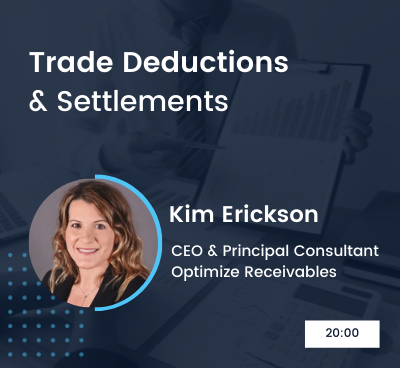|
Trade Deductions are an integral part of the company. The fact that businesses face the wallop of revenue loss is hard to deny. Companies offer these discounts and benefits to customers to increase sales. This scenario is different in b2c companies, here offers such as buy 3 get 1 free is used for promotion.
Whereas, in b2b companies, trade deductions arise from promotions, discounts, and advertising. An entry-level deduction professional needs to research and resolve these deductions.
A typical process of one such deduction proceeds with understanding two initial steps. The first one being the purpose of trade, and the second one being the types of customers involved in the deal.
This helps them in understanding what is the purpose of trade and how deductions professionals could track money the amount of money their company spends on trade promotions per deal.
The next important step in decoding disputes requires unraveling two procedures. The first one being the Trade Promotion Management (TPM), and the second being the deal documents. This provides an understanding of the software systems the sales team uses in the organization. This software helps in the development, execution, and management of sales promotions. Along with this comes the Deal sheets/agreements. Its use is to document the final agreement recognized by both parties. This agreement comprises a deal on how trade funds would get used.
The final step in a trade deductions management process is the vital settlement process. Trade settlement is a two-way process that comes in the final stage of the transaction. These settlement processes are off-invoice, deduction, and promotional checks.
This tutorial has covered all these steps and functionality in detail that would help deductions professionals better manage trade deductions.
|




.png)